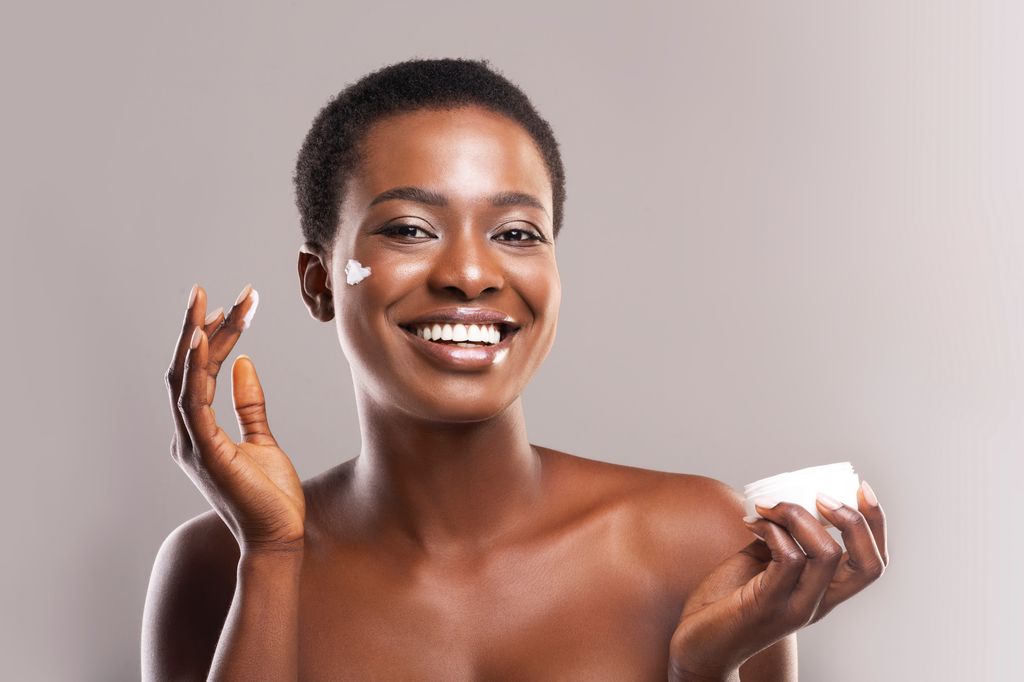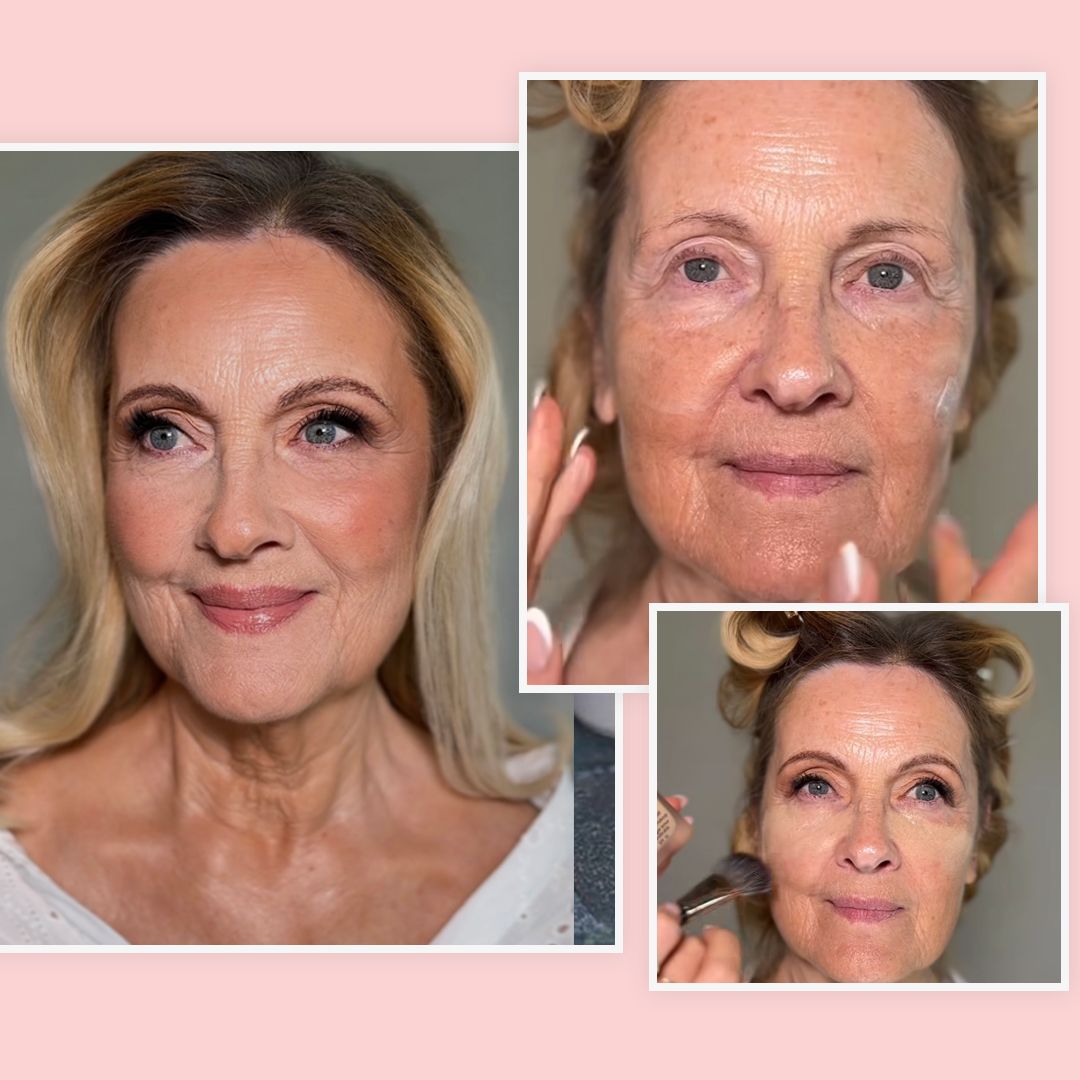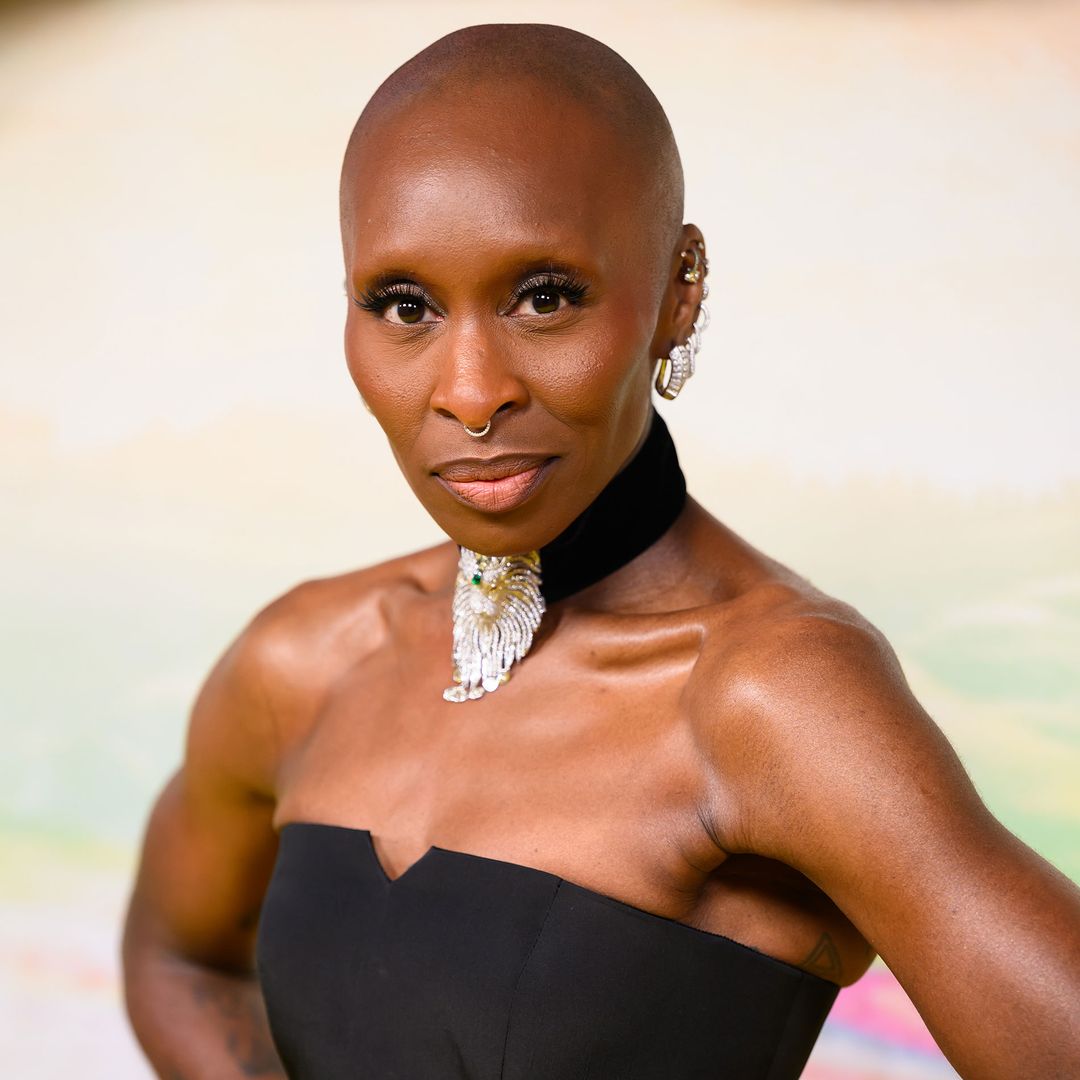The term "skin barrier repair" has been a huge talking point on TikTok in the past year with various influencers telling you how to heal your broken skin barrier with various "game changer" products and the ultimate tips for glowing skin.
But it's not just TikTok obsessives! The skincare experts often talk about the skin barrier, especially at this time of year. Why? Read on to find out more.
Experts in this article
- Dr Justine Hextall, a Dermatologist who works with specialist skincare brand La Roche Posay.
- Dr Sam Bunting, Founder of science-backed skincare brand Dr Sam's.
- Saarah Mengrani, Health and Skincare Specialist at Landys Chemist.
Why is now the perfect time to be talking barrier creams?
Dr Justine Hextall said: "In the winter months, the air becomes cold and much more dry. This reduces skin hydration, as does the use of central heating. Making that transition from the cold snap to the warmer air can be difficult for our skin at first. Knowing how to manage this transition is very helpful to keep the skin hydrated and glowing."
"In skin health, taking pre-emptive steps is always important, it is always more difficult to manage a skin barrier that is already dry, irritated and inflamed."
What is a barrier cream?
A barrier cream (or barrier repair product) is specially formulated for sensitive and dry skin types, and it's an intensely moisturising formula that leaves skin feeling soothed.
Lending smoothing benefits, the formula works to improve the look of the skin tone and soften, too.
Do YOU need a barrier cream?
Alongside mental health, situations like sun damage, over exposure to extreme weather conditions, overuse of active ingredients and skin sensitivity can compromise your skin barrier. This can lead to increased dryness, discomfort and heightened skin reactivity. Dr Sam Bunting recommends a barrier cream if you have "sensitive and redness-prone skin that just won't behave".
Dr. Sam believes NAD+ is the next big thing in skincare, anticipating that the spotlight will be on boosting NAD+ levels as the key to unlocking the true potential of our skin.
"As we age, NAD+ levels decline significantly, impacting the cell's ability to repair DNA damage and maintain a resilient skin barrier. It's like the cell's battery going flat. Sunflower Shoot Extract (SSE) is the ultimate game changing ingredient, featured prominently in the Dr. Sam Bunting Flawless Moisturiser Intense to help boost NAD+ levels. It increases the amount of NAD+ actually getting recycled inside the cells, resulting in the cell battery getting recharged. This is incredibly effective at helping repair a damaged skin barrier."
She goes on to say: "A barrier repair cream is an essential for anyone using potent actives such as retinoids - it creates space to enable you to use the most powerful ingredients for maximum results."
She added: "With mild skin barrier damage, there may be nothing visible on the surface. Skin may well feel tight after cleansing and products might sting on application. When it’s more severe, the features are usually visible on the skin - redness, dry or flaky patches and new breakouts in odd places may all feature. Skin tends to itch and everything 'burns'. Now, a delicate skin barrier might be your norm if you experience eczema or rosacea. However, it can happen to any of us, usually as a consequence of overdoing skincare at a time when we’re stressed, doing long-haul travel, or not sleeping well."
The best barrier creams for 2024
Can barrier repair creams be used on kids or teens?
Saarah Mengrani, Health and Skincare Specialist at Landys Chemist, said: "Children should prioritise gentle, fragrance-free formulations which are labelled for sensitive skin or specifically for children to safeguard and preserve their delicate skin barrier, reducing the likelihood of negative reactions. A moisturiser and sunscreen formulated for children are typically adequate for their skincare needs. Which ingredients should children be avoiding? It is advisable for children to steer clear of ingredients such as Vitamin C, Vitamin A (Retinoids), and exfoliating acids like Alpha-Hydroxy Acids (AHAs) and Beta-Hydroxy Acids (BHAs) commonly found in anti-ageing routines, as they may irritate their sensitive skin barrier, especially if applied incorrectly or excessively."
How do you apply a barrier cream?
Dr Justine Hextall tells us: "Step one: Protect the vulnerable skin that is dry and irritated. Firstly, before showering, apply a barrier cream to the delicate skin around the nose, mid cheeks and eye area to protect from further irritation by shower gels and shampoos. I like La Roche Posay’s Cicaplast B5 Baume.
"After cleansing I recommend adding a layer of hydration with a hyaluronic acid and then trapping that hydration with a moisturiser. This combination works well and can help to repair the skin barrier.
"The La Roche Posay Dermallergo range is perfect – with Toleriane Dermallergo Nuit, the ingredients are created to soothe and hydrate the skin and help to prevent or help support that disrupted barrier. Importantly It also contains the patented peptide Neurosensine that helps to reduce the stinging and burning that we see with compromised skin."
What's the difference between a barrier cream and a regular moisturiser?
Barrier skin products tend to be thicker, enriched with ceramides, lipids, and fatty acids to permeate and protect the skin. You can use them as a daily moisturiser or as a before-bed treatment.


















